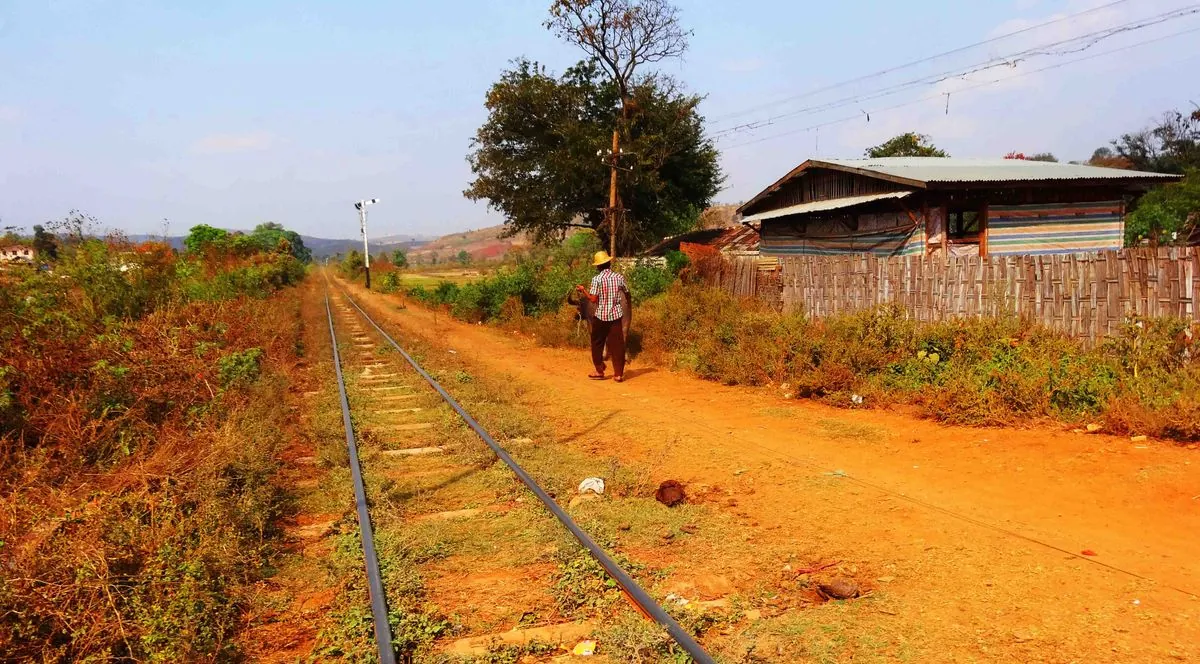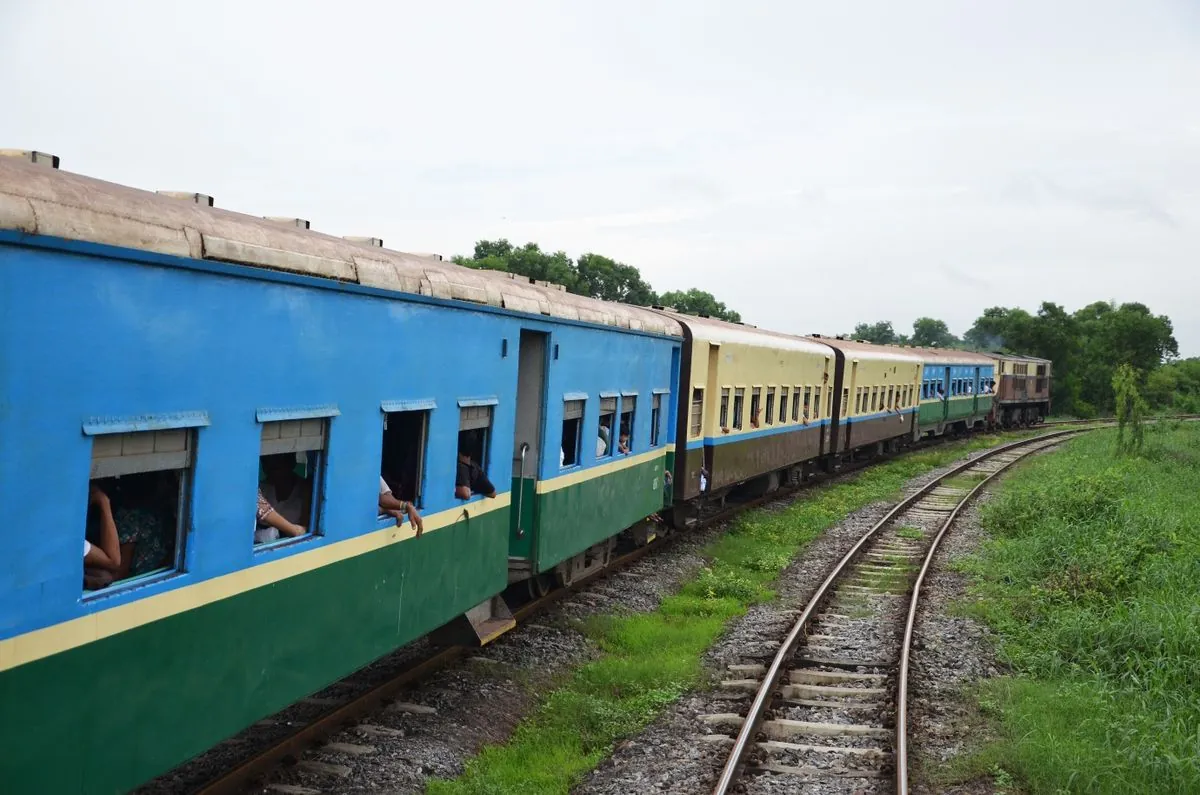Myanmar's Railways: A Journey Through History and Conflict
British journalist Clare Hammond's train travels in Myanmar unveil the country's complex past and present. Her book explores how railways shaped military control and offers insights into Myanmar's future amid ongoing conflict.

In 2016, Clare Hammond, a British journalist, embarked on a three-month railway journey across Myanmar, exploring the country's extensive rail network. Her experiences, documented in the recently published book "On the Shadow Tracks: A Journey through Occupied Myanmar," offer a unique perspective on the nation's tumultuous history and current struggles.
Hammond's travels coincided with Myanmar's brief period of civilian rule, as Aung San Suu Kyi ascended to power following her long-standing opposition to military governance. This transition period, however, was short-lived, as the military reclaimed control in February 2021, plunging the country into civil war.

The author's investigation reveals how Myanmar's railway system, more extensive than commonly believed, played a crucial role in the country's military expansion and control. Similar to the British colonial era, the Myanmar military utilized the railways to extend their reach into the country's interior, connecting previously autonomous regions to the central state.
"Obviously, it wasn't successful for the people, who suffered because of it."
This infrastructure development, while portrayed as beneficial for economic growth and modernization, primarily served as a tool for military occupation. The parallels between British colonial expansion and the Myanmar military's tactics highlight a recurring pattern in the country's history.
Myanmar, formerly known as Burma, has a diverse ethnic composition, with various armed groups controlling different regions. The military's railway expansion strategy aimed to consolidate power over these areas, often at the expense of local communities.
The country's constitution, written by the military, ensured their continued influence even during periods of civilian rule. This arrangement, which included military control over key ministries and economic sectors, ultimately proved unsustainable, leading to growing discontent and the eventual military coup in 2021.
Despite the current conflict, Hammond's journey also revealed signs of hope for Myanmar's future. In areas beyond the railway network, particularly in ethnic minority regions like those inhabited by the Karenni people, thriving community life and innovative local governance systems offer alternative models for the country's development.
These borderland communities, with their deep knowledge of land and resource management, represent a potential path forward for Myanmar. As the ongoing revolution gains ground, these local governance systems could play a crucial role in shaping a more inclusive and democratic future for the country.
Myanmar's complex history, including periods of British colonial rule and multiple transitions between military and civilian governance, continues to influence its present-day struggles. The country's rich natural resources, diverse geographical landscape, and strategic location have long made it a focus of both internal and external interests.
As Myanmar grapples with its current civil war, the insights gained from Hammond's railway journey provide valuable context for understanding the nation's challenges and potential for change. The resilience and ingenuity of local communities, particularly in border regions, may hold the key to breaking the cycle of military dominance and forging a new path towards a more equitable and peaceful Myanmar.


































